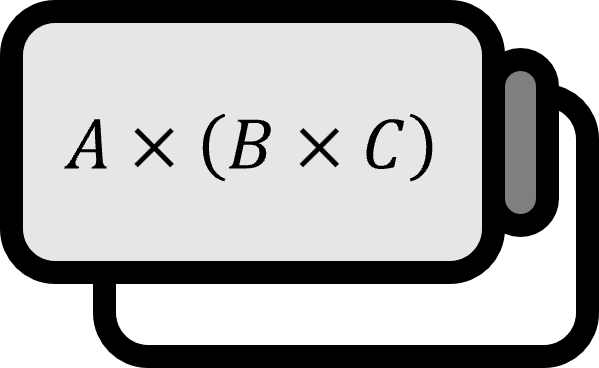物理学におけるフラックスとは?
定義1
物理学では、フラックスfluxとは、単位時間あたりの単位面積を通過する(衝突する)粒子の数(またはエネルギー、運動量などの物理量)を意味する。フラックスは主に大文字のパイ(π)$\Phi$で表記される。
$$ \Phi = \dfrac{\text{physical quantity}}{\text{area} \times \text{time}} $$
説明
面$\mathcal S$を通過する電場$\mathbf{E}$のフラックスは次のようである。
$$ \Phi_{E} = \int_{\mathcal S} \mathbf{E} \cdot d\mathbf{a} $$
圧力が$p$、温度が$T$、質量が$m$の気体のフラックスは次のようである。
$$ \Phi = \dfrac{1}{4} \dfrac{p}{k_{B}T} \sqrt{\dfrac{8 k_{B} T}{\pi m }} = \dfrac{p}{\sqrt{2 \pi m k_{B} T}} $$
$k_{B}$はボルツマン定数である。
波動関数$\psi$の確率流は次のようである。
$$ j(x,t) = \frac{\hbar}{2m\i}\left( \psi^{\ast}\dfrac{\partial \psi}{\partial x} - \psi\frac{\partial \psi^{\ast}}{\partial x}\right) \tag{1} $$
Stephen J. Blundell and Katherine M. Blundell, 열 물리학(Concepts in Thermal Physics, 이재우 역) (2nd Edition, 2014), p83-84 ↩︎
